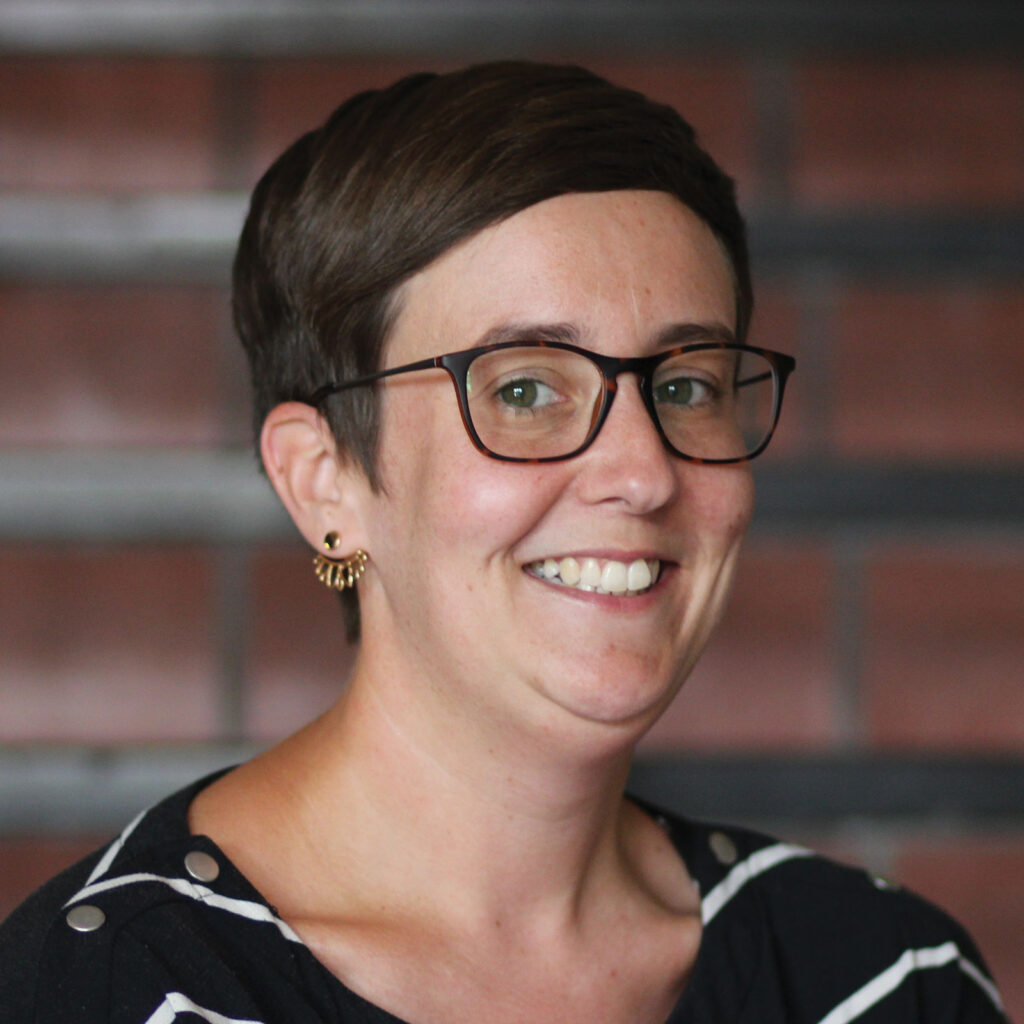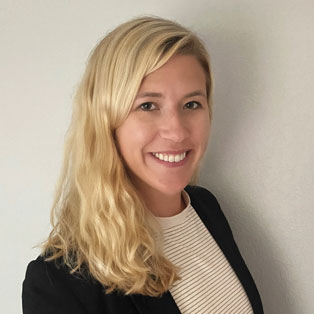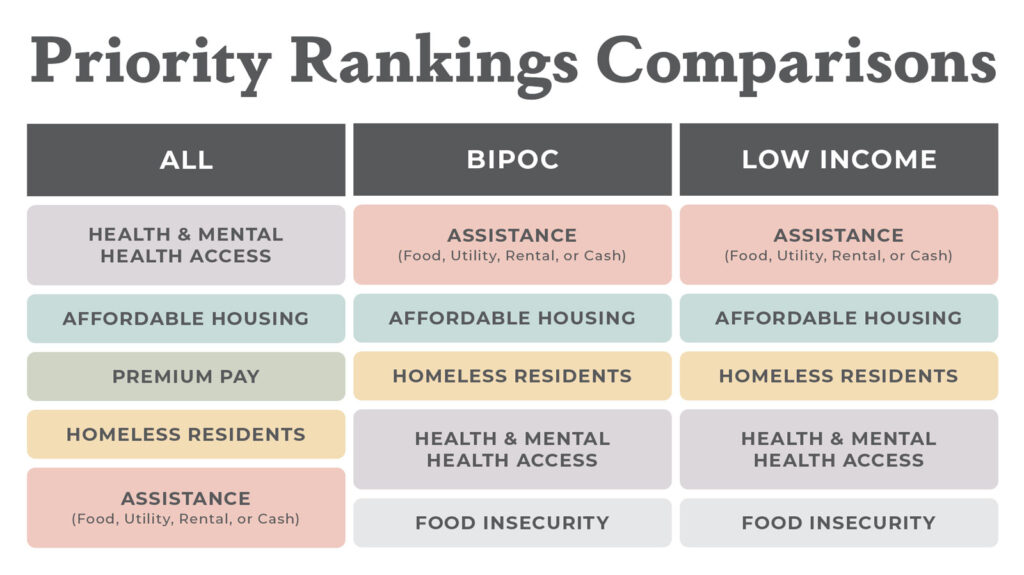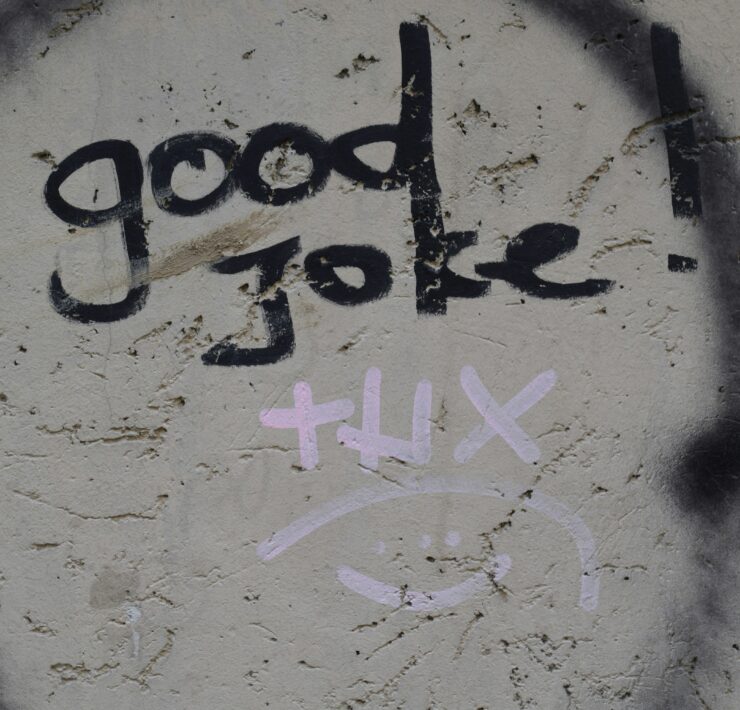Search and Rescue

COMO residents weigh in on priorities for spending $12.6 million in American Rescue Plan Act funding.
The American Rescue Plan Act of 2021 (ARPA) was enacted to address the impact the COVID-19 pandemic had on individuals, businesses, organizations, and governmental entities. It earmarked $65 billion for jurisdictions entitled to receive Community Development Block Grants, which includes the City of Columbia. According to the Government Finance Officers Association, the federal funding is intended to “make strategic investments in long-lived assets, rebuild reserves to enhance financial stability, and cover temporary operating shortfalls until economic conditions and operations normalize,” in the wake of the global pandemic.
The city received $25.2 million in ARPA funding. The first half is already being used by the city to address four key social services issues: Workforce development, homelessness, community violence, and behavioral crisis care mental health services. How does the Columbia City Council determine how best to spend the extraordinary second $12.6 million?
It asks the people who live and work here.
The Question

Kari Utterback, senior planner with Columbia/Boone County Public Health & Human Services puts the enormity of the city’s total ARPA funding into perspective.
“The city every year spends almost $1 million on social services funding. This is essentially 25 times that to be spent over the next couple of years. So that investment could be a dream come true for some folks,” Kari says.
Kari and colleague Jordan Bales, also a senior planner with Health & Human Services, were tapped to plan and execute a comprehensive assessment of the community’s priorities for spending this half of the ARPA funding. As stated in a formal presentation developed by Kari and Jordan, “The purpose of the survey was to identify disproportionate impacts on individuals, households, businesses, and nonprofits, and to collect feedback regarding the community’s prioritization of the American Rescue Plan Act funding.”
One of the federal government’s requirements for ARPA funding is that it must be allocated by Dec. 31, 2024 and spent by Dec. 31, 2026. With those deadlines, there was no time to waste.

Part one of the community assessment was initiated with the distribution of surveys beginning June 1. More than 5,000 surveys were completed in writing, online at BeHeard.como.gov, and even by phone by people from various demographics in COMO. Surveys were printed in six different languages and made available at the public library, the city’s rec center, and even distributed to, completed, and returned by those waiting in line at mobile food pantries and to those attending multiple public events in COMO throughout June.
“We were really intentional about making sure we got the survey to as many folks and as many identities of folks as possible, because we live in a really diverse community in Columbia,” Kari says. “We wanted to make sure that this survey would be completed by the number and identities of people representative of the community. Because we did, we heard from those who have been significantly impacted by COVID.”
Part two involved conducting 12 focus groups in just three weeks to obtain more qualitative input. Among those participating include Black, Indigenous, and People of Color (BIPOC) residents, Spanish-speaking residents, refugees, nonprofit organizations, residents from households earning less than $35,000 a year, teenagers, parents of children, health and mental health professionals, frontline workers, and residents with disabilities, among others.
The people spoke. Here’s what they said.

The Search
The survey data was broken down in a variety of ways, including by zip code of the respondent and whether they lived or worked in COMO. Those most negatively impacted by the pandemic nationwide, namely low-income and BIPOC were also specific categories examined in the analysis.
Four of the five top areas of concern were shared among all respondents, low-income respondents, and BIPOC respondents. They were health and mental health access, affordable housing, homeless residents, and food, utility, rental, or cash assistance. Among all respondents, “premium pay,” which addresses pay for those who had to work on the frontlines during the pandemic, ranked third. Low-income and BIPOC respondents didn’t put premium pay in their top five, replacing it with food insecurity instead.
What may be most telling is that the order in which low-income and BIPOC survey respondents ranked their top concerns was nearly the opposite of the way the top concerns were ranked overall.
“It was really important for us to break down the data the way that we did, by showing the priorities of low-income and BIPOC respondents” Jordan says. “I think what we learned was really vital, but not necessarily surprising that they ranked priorities in a different way.”
Kari and Jordan presented the findings of the survey to the City Council in July. The Council, in turn, decided who should be involved in the focus groups. Focus group participants voiced their concerns about those priorities established by the survey results. And although access to health and mental services was a priority no matter how the data was broken down, mental health as a topic emerged in every discussion about the impact of the pandemic.
Perhaps the comments on surveys and in focus groups tell the story best.
“Their quotes definitely help tell the story and bring the data to life,” Jordan says. “It’s very beneficial to hear those personal experiences.”
“A large centralized facility for the homeless, to provide shelter, showers, laundry facilities, clothes, food and mental health supports/life coach support programs.”
“Renewable housing resources: new build + rehab of old homes in subsidized micro loans (not land trusts) that are paid back at next to nothing interest rates to create an on-going pool of resources to develop more housing of the same nature…”
“Funding to assist middle-class working semi-retired people struggling with buying food, gas, emergency expenses (car/medical/dental) due to the prices increases and no increase in income.”
“…there used to be a coupon program through CPS and local clothing pantry that would help parents buy new shoes for their kids twice a year — that program was SO HELPFUL, and I haven’t seen anything like that anywhere else we’ve loved — and haven’t had that program since before the pandemic. Parents NEED that back!”
The Rescue
Once the focus group input is presented to the City Council on Nov. 7, it will be up to them to establish priorities for the $12.6 million. And unlike many funding opportunities, open only to nonprofit organizations and agencies, anyone will be able to propose efforts to address those priorities in a request for funding.
“We want to put money where it’s going to be utilized by the folks who are most impacted,” Kari says. “So, maybe that’s really not a large agency. Maybe that’s a group of individuals with more boots-on-the-ground interaction with those who need the most help.”
The city has purchased ResourceX, budgeting software that aligns community priorities with governmental expenditures. Matthew Lue, the city’s director of finance, says those interested in putting forth a proposal will submit it via ResourceX. The software will use the submitted information to rate the value of proposals according to factors such as alignment with target priorities.
ARPA funding requires timelines, program costs and expenditures, intended outcomes, and how those outcomes will be measured. Moreover, the City Council will need to be able to assess, at the end of the day, the impact funded efforts have on the community. For those small organizations, groups, or individuals who aren’t agencies accustomed to submitting grant proposals, some of these details can be intimidating.
“ResourceX will field the ideas from the public about how to solve problems related to the priority areas,” Matthew says. “Once we can figure out whose ideas best address the priorities, we will get into the specifics with those people about what we will need to provide them with funding.”
“We’re looking at putting out an RFP for capacity-building. We definitely need to build capacity for those smaller organizations,” Matthew says.
Capacity-building is partnering smaller grant-seekers with larger agencies, like United Way, for example, who can help them with the technical requirements. The objective is to help those offering potential solutions put their ideas into action.
“In the long run, it will help these small organizations not just with ARPA funding, but with state and federal dollars as well. They would have that new knowledge of what they need to do to track funding to respond to other grant opportunities. Hopefully, we can build small organizations as well through this capacity-building opportunity,” Matthew says.
The Best is Yet to Come
After a pandemic that devastated individuals, businesses, and organizations is many ways, this ARPA funding may offer hope in the search for solutions. Because this is the first time such funding is being offered to the community, the city is still working out many of the details necessary to meet the requirements of how the money is supposed to be spent.
Not every single voice was heard during the assessment process, and not every idea will be funded. But the opportunity for an entire community to engage in building a better place to live is real. It will be exciting to see what happens next.
Stay tuned.
Infographic and survey quote information from City of Columbia, Columbia/Boone County Public Health & Human Services’ Revitalize, Renew, Recover: ARPA Community Engagement presentation.








